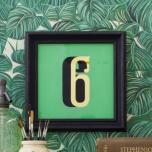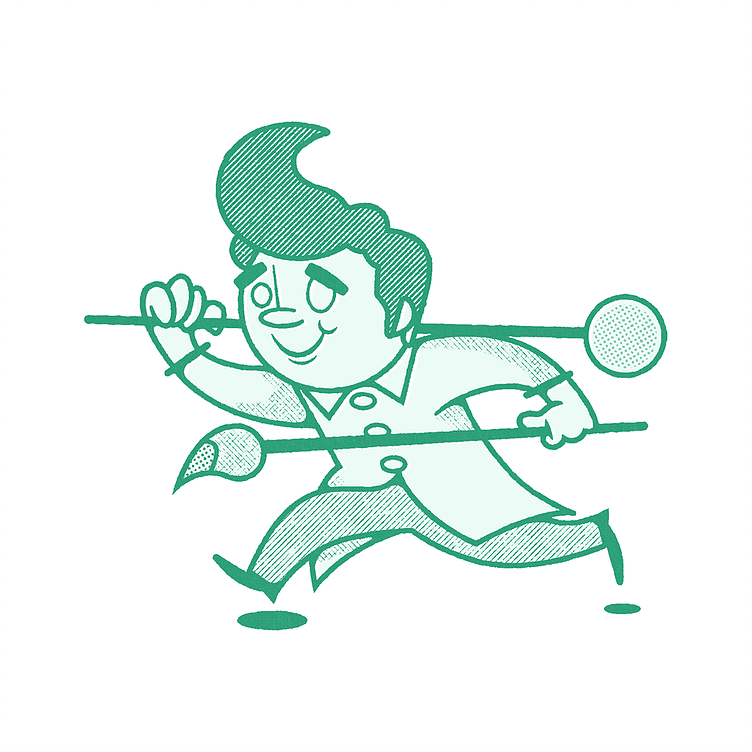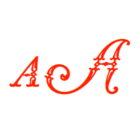Search the Community
Showing results for tags 'victorian'.
-
There's a lot of info online on how the long s (ſ) was used in past spelling, but not a lot about why it appears in the alternate forms it does, and what the expectations are today in modern type design if and when (rarely ever) its included or used. I've linked a few samples below, including ligatures ( long s+small roman s, which is often mistaken for the Esszett) for reference (nb. the normal ff ligature is included in comparison to the ſſ ligature). The alternation between Regular & Italic is of course the descender, which follows the same change as the lowercase 'f' between Regular & Italic. The inconsistent aspect which I'm highly curious about, and for which no apparent explanation is available to me, is the left-hand bar which appears on some typefaces, and not on others, or features only in either the Italic or Regular of the given type. What are your thoughts on these reasons? And on good design for the long s?
-
Robert Walker is a sign-writer, graphic designer and reverse glass sign maker based in West Yorkshire, UK. Umberto has been working in the field for 15 years, and has been teaching custom lettering and broader principles of graphic design for 6 years in design schools across West Yorkshire. Umberto specialises in hand crafted sign making known as Verre Églomisé, a process of applying both a design and gilding onto the rear face of glass.
-
- typography
- glass
-
(and 8 more)
Tagged with:
-
¶ I'd like to start a thread about a topic that remains rather unclear. How do you define the typeface from the Victorian era? ¶ I always find four designers related to that kind: the German-born Carl Schraubstadter Jr, Gustave F. Schroeder and Hermann Ihlenburg the American John F. Cumming Oddly enough, not a single British designer is highlit. I watched some catalogues from French foundries of the late XIX th century with this kind of typeface. ¶ Can you help me with this riddle?






